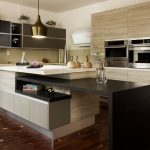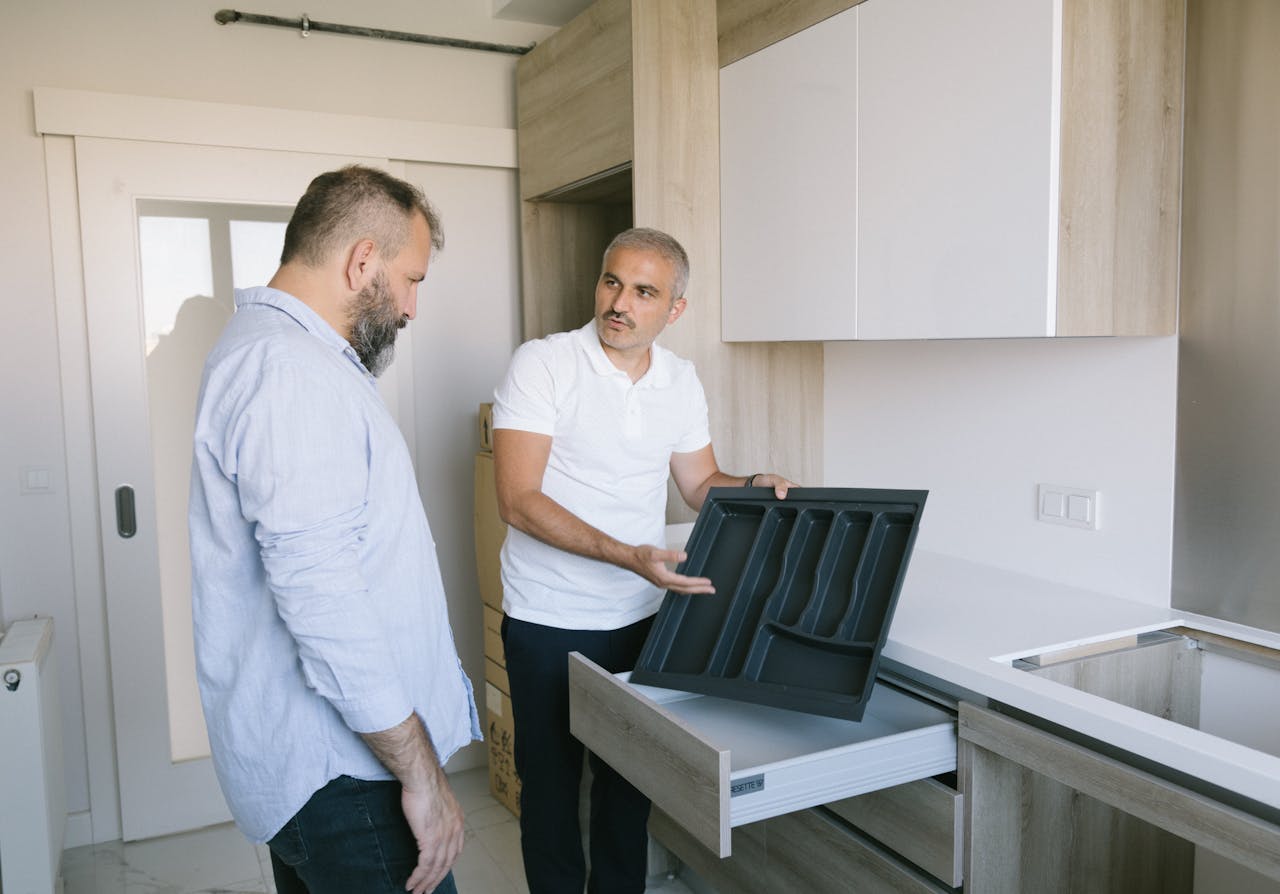The kitchen is the heart of many homes. It’s where you gather with your family to prepare meals, share stories, and create memories. An island can enhance your kitchen’s functionality and aesthetics, turning it into a central hub for dining, cooking, and socialising. However, installing a kitchen island in a mid-sized home requires careful planning and design consideration to maximise space, efficiency, and style. Today, we’ll walk you through the essential guidelines for a successful kitchen island installation.
Understanding the Purpose of Your Kitchen Island
Before embarking on the journey to install a kitchen island, you need to clarify its purpose. Will it primarily serve as additional workspace, seating, storage, or perhaps a combination of these elements? Once you’ve established this, you can tailor the design of the island to your specific needs and preferences, creating a functional and aesthetically pleasing addition to your home.
Additional reading : What are the top 5 automation gadgets for the modern kitchen?
For those of you who love to cook, you might consider incorporating appliances for extra convenience. A built-in oven or stovetop can make the island a productive cooking station. If you want to create a space for informal dining or enjoy a glass of wine while preparing meals, then seating is a must-have. Adding bar stools can turn your island into a cosy breakfast nook or an intimate cocktail bar.
If storage is your primary concern, design the island with cabinets and drawers to house your kitchen essentials. A well-designed island can significantly increase your kitchen’s storage capacity, helping you maintain a clean and clutter-free environment.
Also read : How can vertical storage solutions transform your kitchen space?
Determining the Right Size and Shape
The size of your kitchen island should be proportionate to the overall room size. It’s critical to maintain balance and harmony in the space, and a too-large island can overwhelm a small kitchen. As a general rule, you want at least three feet of walkway space around the island. This ensures adequate room for opening appliances and cabinets, as well as easy movement around the kitchen.
The shape of your island can also play a pivotal role in maximising space and functionality. While rectangular islands are the most common, don’t be afraid to experiment with other shapes, like square or round, if they better suit your kitchen layout.
Consider the flow of traffic through your kitchen when deciding on the shape and location of your island. The goal is to create a design that facilitates easy access to all areas of the kitchen, without causing bottlenecks or obstructions.
Selecting the Right Lighting
The lighting over your kitchen island not only contributes to the overall ambience but also enhances its functionality. Task lighting is essential for cooking or food preparation areas on the island. Pendant lights are a popular choice for their focused lightning and decorative appeal. They are especially suitable for islands with seating, as they provide direct light to the dining area.
Recessed lighting, on the other hand, is perfect for achieving a clean, minimalist look. It provides uniform illumination, making it a good choice for islands used mainly for food preparation.
Choosing the Best Materials and Appliances
The choice of materials for your kitchen island largely depends on your home’s existing interior design. If your kitchen features a traditional design, classic wooden cabinets with a marble or granite countertop may be ideal. For a modern kitchen, you might consider sleek, high-gloss finishes or a stainless steel countertop.
When it comes to appliances, always remember to prioritize functionality and efficiency. If you’re going to incorporate a cooktop or oven, make sure there is ample ventilation. A range hood installed directly above the island can help keep the air clean and free of cooking odours.
Incorporating a Dining Area
If you’re short on space but still crave a dining area within your kitchen, the island can serve a dual purpose. With the addition of some stylish stools or chairs, you can turn one side of the island into a casual dining area. This is a great way to add extra seating without the need for a separate dining table.
Remember, the height of your island will influence the type of seating you choose. Standard-height islands work well with dining chairs, while counter or bar-height islands require higher stools.
No matter what your kitchen island goals may be, keeping these guidelines in mind will help ensure a successful installation. Remember, the best kitchen islands are those that blend functionality with style, creating a space that is as enjoyable to work in as it is to look at.
Integrating the Island with Open Plan Living
When planning your kitchen island, it’s important to consider how it will interact with the rest of your home, particularly if you have an open plan living space. Ideally, your island should not only complement your kitchen design, but also blend seamlessly with the surrounding living area.
Firstly, consider sight lines. From different spots in your open plan space, what will be visible? You may want to align the island with a focal point in your living room, such as a fireplace or a striking piece of artwork. This creates a visual cohesion between the kitchen and the living area, making the spaces feel united yet distinct.
Next, consider the practical aspects. If your island will serve as a breakfast bar or a casual dining spot, you’ll want to ensure it’s easily accessible from both the kitchen and the living area. A clear walkway around the island not only improves circulation, but also makes it easier for you to serve meals or refreshments.
The aesthetic elements of your island also play a crucial role in integrating it into your open plan living space. Choose materials and colours that echo those used in your living area. This helps to create a harmonious flow between the spaces. For example, if your living room furniture features dark wood, consider a similar tone for your kitchen island cabinets.
Lastly, to make your island a truly cohesive part of your home, consider incorporating features that mirror those in your living room. For instance, if your living area boasts a fireplace, installing a small one on the island can create a warm and inviting ambiance.
Tailoring Storage Options to Your Needs
One of the key benefits of a kitchen island is its potential for additional storage. When designing your island, think about what you need to store and how it can be conveniently accessed.
Cabinets and drawers are a staple of island design but think about how they can be tailored to your specific needs. If you have a lot of pots and pans, deep drawers could be a good solution. For those with a large collection of spices or baking ingredients, smaller compartments or spice racks incorporated into the island could be useful.
A wine rack or cooler could be a great addition for wine lovers, while cookbook enthusiasts might appreciate a built-in bookshelf. The possibilities are endless, and the more your island’s storage aligns with your needs, the more functional your kitchen will be.
For smaller kitchens, every bit of additional storage helps. An island can house everyday items like a microwave, toaster, or even a small dishwasher to free up counter space. For larger kitchens, the island can be a great place to store seldom-used items that otherwise might clutter your counters or cabinets.
Wrapping It Up
In conclusion, installing a kitchen island in a mid-sized UK home requires careful thought and planning to achieve a beautiful and functional kitchen. It’s crucial to understand the purpose of your island, determine the right size, shape, and lighting, choose suitable materials and appliances, incorporate a suitable dining area, and consider how the island integrates with your open plan living space. Furthermore, your island’s storage should be tailored to your needs to maximise functionality.
Remember, while aesthetics are important, your kitchen island should primarily serve a practical purpose. It’s about creating a work surface that suits your cooking habits, lifestyle, and personal tastes. With these guidelines in mind, you can design a kitchen island that not only enhances your cooking experience but also becomes a central hub for socialising and family gatherings.
Image credit: Kitchen Island Designs Ltd






